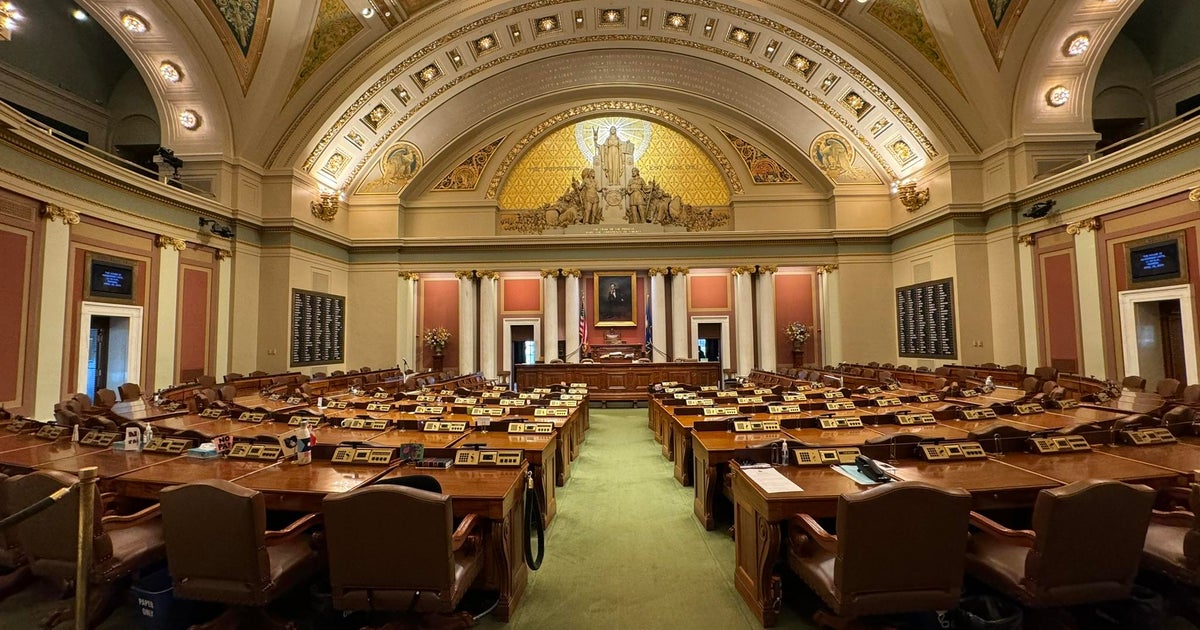Good Question: Why Do White House State Dinners Cost So Much?
MINNEAPOLIS (WCCO) -- On Tuesday night, President Barack Obama and First Lady Michelle Obama hosted French President François Hollande for an official state dinner at the White House.
It was the seventh such dinner for this administration and part of a larger trip that included a joint press conference as well as visits to Thomas Jefferson's home, Monticello, and Arlington National Cemetery.
"It is the highest form of honor that we could extend by our country to another," said Anita McBride, former chief of staff to First Lady Laura Bush and current executive-in-residence at the Center for Congressional and Presidential Studies in the School of Public Affairs at American University. "It signifies the important of a relationship and the personal ties and connection that our countries have to another."
According to CBS News, the cost of five of the last six official state dinners have been between $203,000 for the October 2011 dinner for the President of South Korea to $572,000 for the November 2009 dinner for the Prime Minister of India.
Congress appropriates money to the U.S. Department of State for these state visits. In 2012, U.S. Rep. Darrell Issa (R-CA) for a detailed list of these costs and expenses. According to Issa, the State Department didn't respond.
McBride says part of the larger costs has to do with the venue and the larger invite list. During President George W. Bush's administration, all state dinners were held inside with 134 guests. Tuesday night's 350-person guest list was held in a tent set up on the South Lawn of the White House.
"To tent the south lawn is an enormous expense and to tent it in the middle of winter where you have to bring in heaters is even more so," she said. "You can't use the lawn as a floor, you have to bring in a floor and all of the electrical equipment it takes to create a White House outside."
She estimates the cost of food and wine per person was similar to past state dinners.
"Food and wine are not where the greatest expense is because that is something we're used to," McBride said.
On Tuesday night's menu: caviar from Illinois, potatoes from Idaho and New York, rib eye beef from Colorado, tangerines from Florida, chocolate from Hawaii and wine from Washington and Virginia.
The bottles of wine were priced between $30 and $65, much less than the reported $400 bottles from the 2009 state dinner for the Chinese leader.
The entertainment came from singer Mary J. Blige, who McBride believes likely wasn't paid.
"Generally, it's a privilege for any artist to perform at the White House," she said.
Each president's style had a different effect on how many state dinners were held. For example, President Ronald Reagan hosted 35, President George H.W. Bush hosted 21 and President Bill Clinton hosted 19 dinners. But after 9/11, President George W. Bush only hosted six official dinners at the White House, often preferring smaller dinners at his ranch in Crawford.
"Think of it as taking out customers, the way the U.S. takes out a key ally," said Larry Jacobs, the Walter and Joan Chair for Political Studies at the Humphrey School of Public Affairs. He says other countries pay for and roll out the red carpet when Obama goes abroad.
Generally, the State Department also picks up the lodging and travel tab for a small foreign delegation, just as other countries do the same for a U.S. president.
"I think diplomacy is really important," McBride said. "I think there's nothing that substitutes for the one-on-one and face-to-face dialogue with a world leader."



